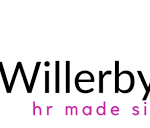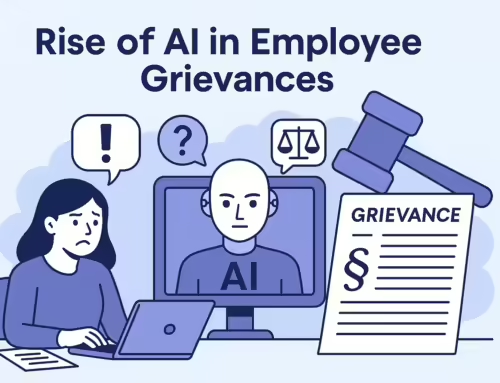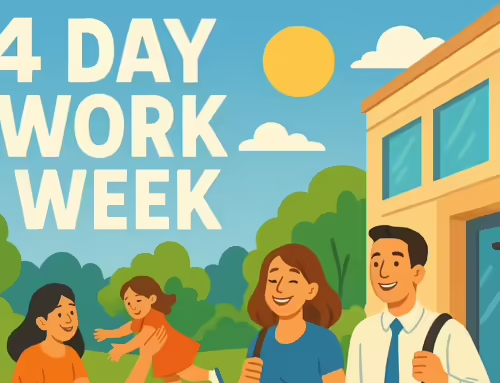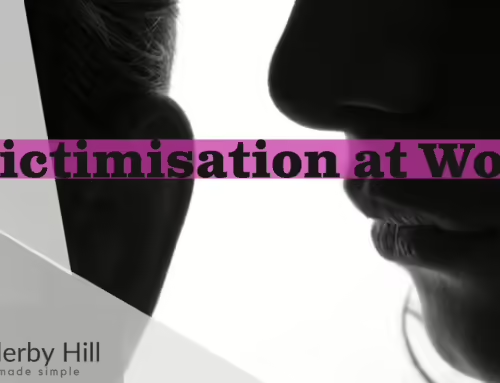Holding informal 1-2-1’s with your team rock when it comes to good management practice in the workplace.
An informal 1-2-1 is swiftly replacing the concept of formal performance reviews, or the dreaded appraisal, as most organisations have realised that formalised reviews are often biased, unfair and only represent a snap-shot of performance at the time of the review.
An informal review process, is more fluid, routine and focused on discussing what is happening in the recent past, when things are still fresh and meaningful to all parties concerned.
How to hold an informal 1-2-1
Stage 1 – do your homework
As the saying goes, prior planning and preparation prevents poor performance, the same is true with reviews. A good leader should try and gather evidence of where things have gone well and problems that have arisen in the time period being reviewed. This can be as simple as looking at notes of events, reviewing customer feedback or simply reflecting on recent successes the employee has had. If the time period is short the leader should be able to generate examples (i.e. one the past 2-3 months).
IMPORTANT – you must work out what your goal is of the review, if its to fix something then work out what you want the employee to do after the meeting and how you will monitor it before you sit down to seek with them. If you’d like them to do training, work out when and where, so you have a concrete outcome to the chat and not some vague intentions.
When you have worked out what you want to say, then we’re off to stage 2.
Stage 2 – plan your conversation
So we have the list if things, next is work out how you are going to say things. Try and have a running order of things to mention, start with the most important things first, either the biggest problems or biggest successes and work down the list. If things have not been going well, don’t try and bury bad news in good news, just get it said so you can move on to other items, other wise if you leave with 3 good things and then one bad thing, the employee may get lost as to what you are saying, e.g. ‘so you just said i’m really good at ……., now you’re saying i’m not very good at……, well which is it, are you happy or unhappy with my performance?’.
Stage 3 – have the meeting
Crunch time. So we know what we want to say and the order of events now its time to have the chat. Okay lets keep things in perspective, a good review is a conversation, not a one sided discussion with the manager doing all the talking.
Talking about the good stuff – offer praise and say thank you for the employees efforts. The talk about what the employee can do to build on it, or what else the employee would like to develop and get better at. This can then become an objective.
Talking about the not so good stuff – objectively state the facts of the situation – ie. what went wrong – be dispassionate, critique the events not the person. Once its said the most important questions to ask are why did it happen and what needs to change to stop it happening again. This is the majority of the conversation. Whats happened has happened and their is little point just going over old ground, move past it and focus on how to make things better – guess what – this becomes your next objective
Stage 4 – wrapping things up
When all has been said and points noted, take five mins and just summarise what you have both said and what the objectives are going to be. This bit is really important as you get clarity that the employee has taken on board the goals and what needs to happen next and when.
Stage 5 – putting it in writing
Later that day or the next day, drop the employee an email to confirm the main points of the meeting and what has been agreed – you’ll need this if you need evidence of under performance in the future.






You must be logged in to post a comment.